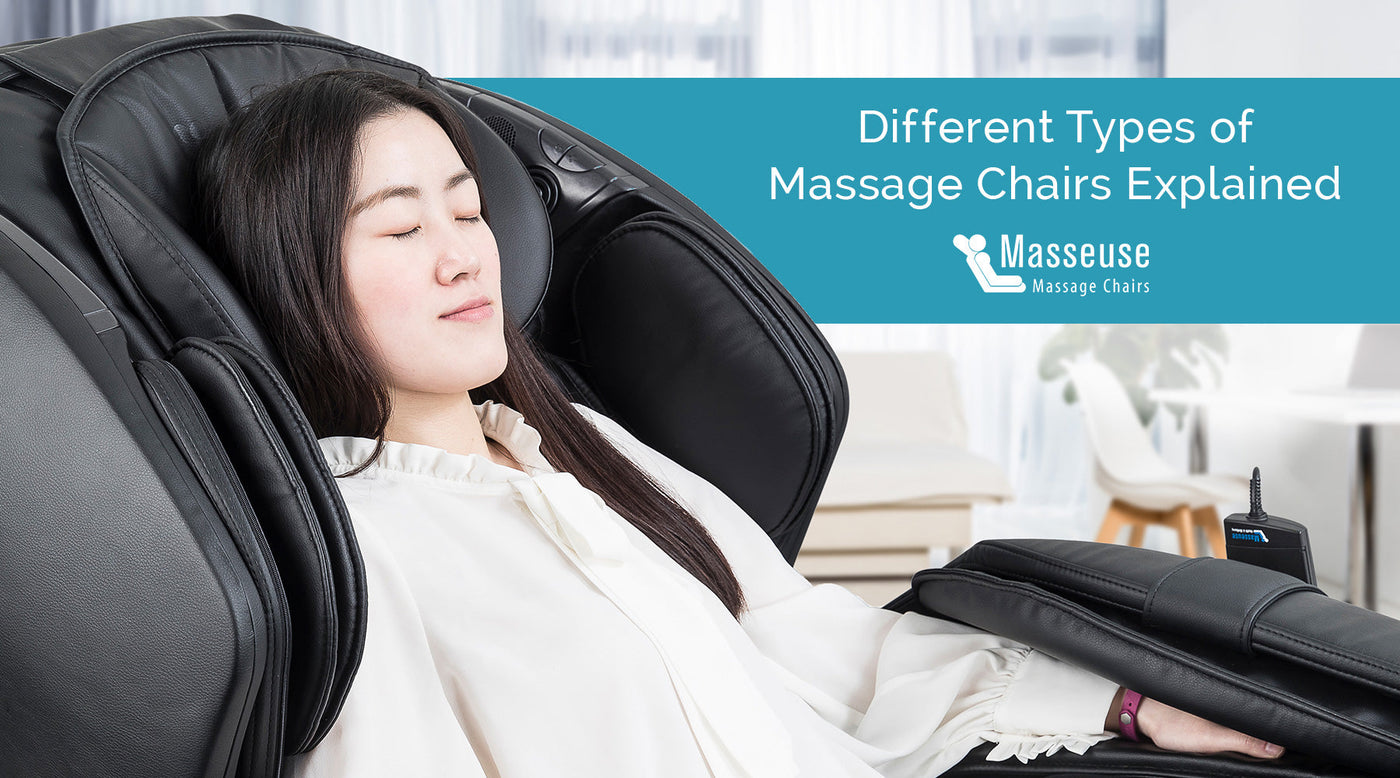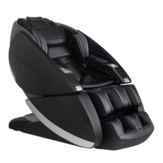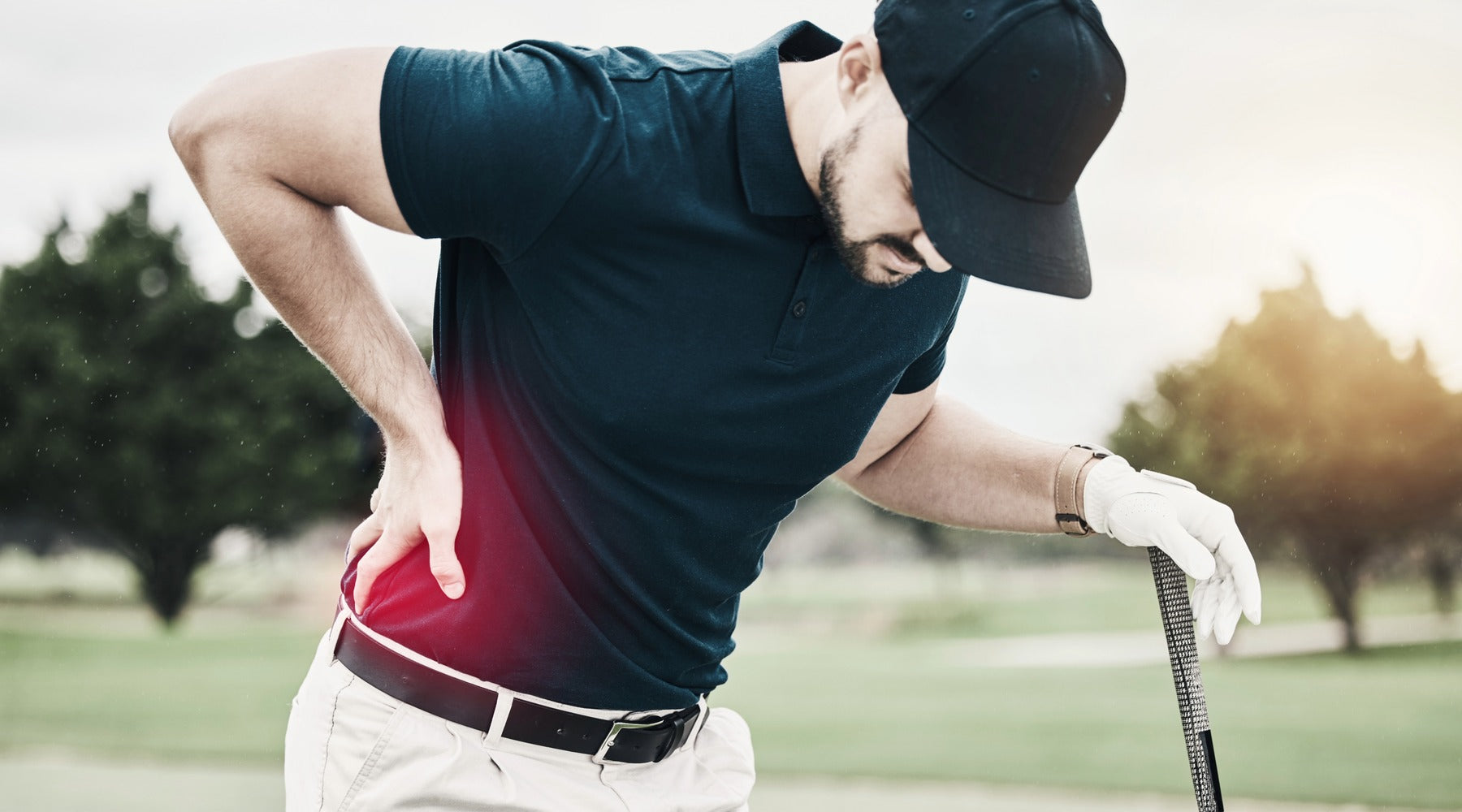
There are plenty of benefits to owning a massage chair. They offer relief from muscular pain and backaches, increase blood flow, and provide stress relief and relaxation. Whatever your reasons, understanding the types of massage chairs can help guide you to the most appropriate choice.
In this guide, we’ll look at the different types of massage chairs, how they work, and the benefits they offer. Whether you need therapeutic deep tissue massage or the extra precision of a 4D massage chair, we’ll help you find the right chair for your body.
Zero Gravity Massage Chairs
Zero gravity massage chairs are designed to mimic the posture of astronauts launching into space, reclining to a position in which the legs are more elevated than the heart. This reclining action makes zero gravity chairs unique amongst massage chairs.
The advantage of the chair’s posture is reduced stress on the human body. These chairs are ideal for those with back pain, as the position takes the weight off the spine.
The reclined posture, with feet raised above the chest, increases blood flow and is ideal for those looking to improve circulation. Other benefits can include reduced swelling and improved breathing.
Different Types Of Massagers
Massage chairs operate using rollers - the mechanism within a chair which delivers the massage. Over time, the quality and range of motion available in massage chairs has improved. On the market today, you’ll generally see 2D, 3D, and 4D massage chairs. The ‘D’ refers to dimension and gives an idea of how and where the massage rollers move.
2D Massage Chair
The most basic style, 2D massage chairs, have rollers that operate along the XY axis - left to right or up and down. Given their simplicity and limited motion, 2D chairs have become less common.
4D Massage Chair
4D motion is the latest advance in massage roller technology. 4D massage chairs have an advantage over 3D technology with an even greater range of motion. 4D massage rollers extend down into the seat of the chair, massaging through the waist, hips, lower back and glutes. In chairs like the Therapeutic Dual-Pro, two rollers are able to work simultaneously at opposite ends of the chair.
Different Styles Of Massages
Not every massage chair operates in the same way. Roller-style massages (as mentioned above) are common, but they aren’t the only technology available. Understanding the difference - and the benefits of each - can help determine the right massage chair for your needs. For many modern chairs, a combination of techniques is available.
Air Compression Massage
The air compression technology in these chairs is designed to grip and squeeze the muscles directly. This sort of massage can be valuable for those more difficult to reach spots, such as around the shoulders. Chairs like the Therapeutic Dual-Pro use this technology in conjunction with other techniques (such as rollers and heat) to provide a versatile, all-in-one massage chair.
Roller Massage
The traditional means by which a therapeutic massage chair operates, rollers are balls within the chair. The range of movement is indicated by whether the rollers are 2D, 3D, or 4D. 4D rollers give greater control over the direction, speed, and pressure of the roller. Roller massage is considered a broadly effective method of therapeutic massage, benefiting many aspects of physical pain and injury.
Vibration Massage
Chairs that feature vibration massage tend to be less common than the others mentioned. This type of massage generally works by vibrating metal plates within the chair, creating a pleasant feeling for the user. While not as common, vibration can often be seen in chairs designed for short use, like the coin-operated massage chair.
Different Types of Massage Chair Tracks
Track, in this context, refers to the railing on which the massage rollers are placed. In the early days of massage chairs, the track was straight up and down. Now, there are two main types:
I-Track: The most basic type of railing is the I-Track. Essentially just a straight rail, the I-Track has a more limited range of motion than its successors.
L-Track: The first advance over the straight railing was the L-Track. Here, the railing is shaped like an L, extending down the back and under the user. This has the advantage of an extended range over the straight track, but it has limitations. It can’t, for instance, operate in a range of positions - the user has to be sitting upright.
S-Track: S-Track chairs have a shape that allows for greater freedom of movement. Where L-Track chairs need a user to be sitting, the undulating rail of the S-Track allows a user to receive an effective massage in many positions, such as a full extension of the body. This technology is seen in chairs like the Health+.
SL-Track:SL-Track technology is a step up from its counterparts and features a long SL-shaped curved rail that provides full coverage to give you an extensive massage across the whole spine area. The SL-Track can be seen in models such as the Physio+.
Flexi-Track: Advanced Flexi-Track technology features an extra long SL-shaped rail that’s installed within the chair, which adjusts to follow the natural curve of your spine. It’s the longest rail offered on the market and goes beyond the standard type of massage chair treatment. This advanced technology is seen in our luxury Therapeutic Dual-Pro.
Wrap Up
Massage chairs are effective relief for many conditions, but it can be hard to know where to begin. Using the guide provided, you should determine which of our extensive range of massage chairs is best for you.
If you still need some guidance, our friendly team is happy to help. Get in touch today to find out more about how massage chairs can help you.







)





